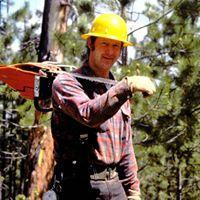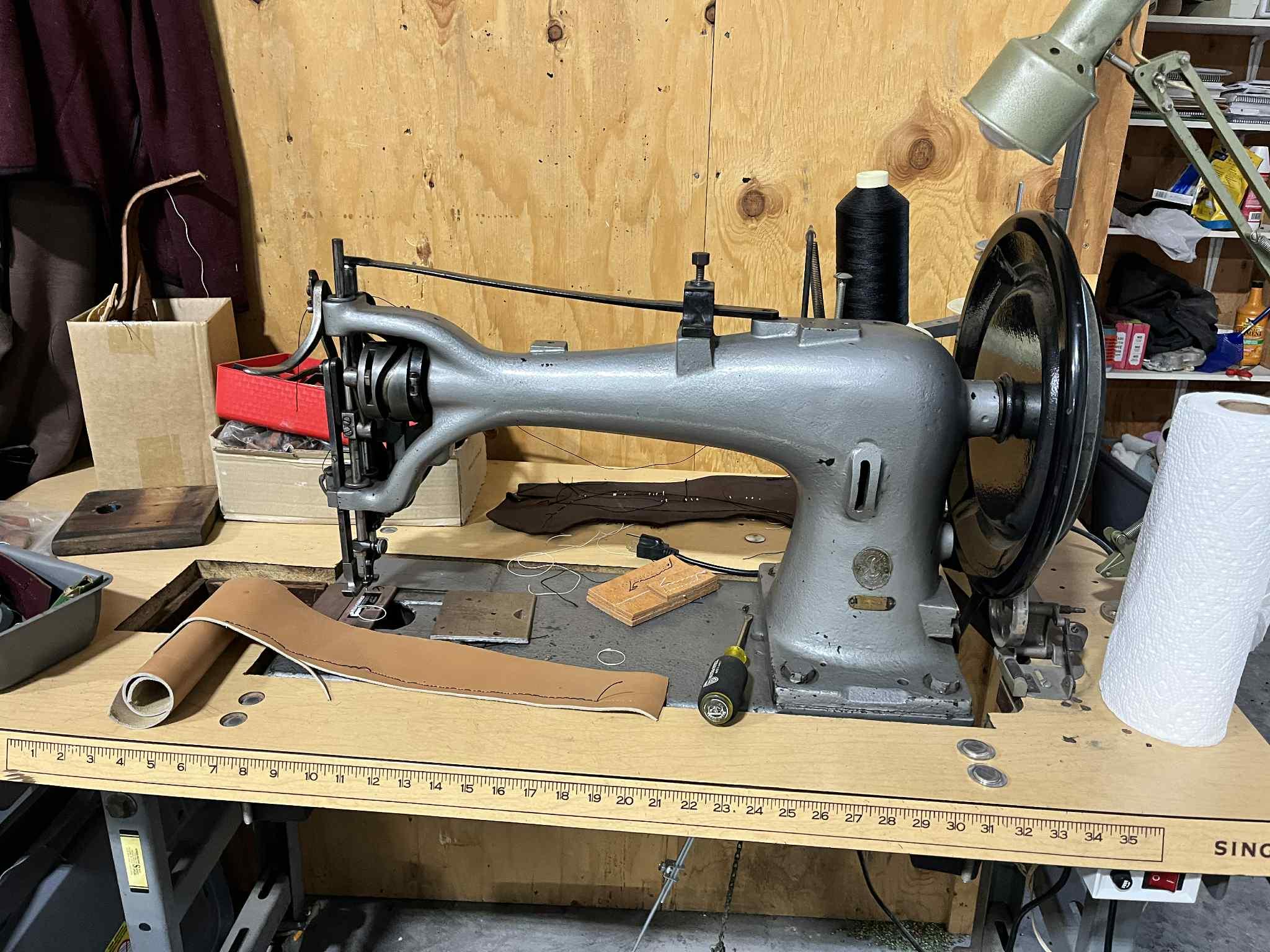-
Posts
125 -
Joined
-
Last visited
About Wyowally
- Birthday 02/15/1947
Profile Information
-
Gender
Male
-
Location
Torrington Wyoming
-
Interests
Vintage sewing machines;Camping, hunting, fishing.
LW Info
-
Leatherwork Specialty
sheaths
-
Interested in learning about
sewing machines
-
How did you find leatherworker.net?
web searching
Recent Profile Visitors
5,717 profile views
Wyowally's Achievements

Member (2/4)
-
I also have the same machine, redone by me with help from others on this forum. I am not near it and won't be for a while. My first thought is the main pinch screw (the big-headed one) in the exposed linkage on the back let slip. Not common, but it does squeeze a clamp, so unwanted rotation is possible. Next thought is lubrication dried out if it has sat for years. Another possibility is something moved in the internal feed eccentric that also adjusts the two feet and their movement and relationships. I did find the military manual I have pretty useful. On YT, search for Uwe Grosse and his videos - not all specific to Singers, but also the other machines of nearly identical design. I found this very good.
-
Pictures this afternoon. From the tool marks and screw heads I think this was worked on several times for sure. I'll update. Thanks!
-
Trying to help someone who just acquired one of these, but no help or info from the previous owners. New owner isn't experienced. Threading through the tensioner and check spring - parts don't look the same as the parts manual. Check spring has an external little coil along with the standard U-shaped bend. The check spring adjuster/stop has a wide range possible. Timing seems off, Hook/shuttle, bobbin case mechanisms appear sloppy. Any guidance appreciated! Can get pictures later today.
-
That was good help, thanks! Found the online manuals - parts, owners, and adjusters. All I needed!
-
I've been asked to come look at this machine. They say they think it is "out of time". I can time almost anything, if that is the problem. Can anyone tell me the model? Any suggestions or resources? Thanks!
-
I use my Chapman Master set almost daily. The little ratchet is best of several I have. USA made is a plus.
-
My introduction to clutch motors was on an old Necchi BV. The motor was installed in New York where assembly for imports took place. Upside down, so the lube ports were on the bottom! After fixing that, I addressed the cork surface clutch. There were many ways to adjust alignment, but all crude threads. Perfect engagement of the clutch and plates took some work. I renewed the cork surface by lightly engaging a sanding disc between the plates using the engagement lever carefully. This old motor/clutch combo is nearly silent and feathers nicely. Alignment had to be perfect. My time is worth about 25 cents/hour, so I pulled it off. Point is, perfect alignment, good running motor and good clutch surfaces will make for easier feathering.
-
Probably no help, but here goes: My first tabled, clutch motor machine was a Necchi BV. These had the head imported, then installed with a US made induction motor in a table. The old induction clutch motor had lubrication holes - but the motor was installed with the holes on the bottom! The old bushings were shot, I machined and installed oilite bushings. Not silent, but pretty quiet, and I can manipulate the clutch for slow sewing.
-
I have found what they call an "embossing mini heat gun" very useful for heating stuck parts without flame involved....
-
After some experience with filthy horse blankets, I charge almost double if they aren't clean. The cleaning after takes more time than the repair, and that filth goes everywhere.
-
The bouncy check spring issue is all related to size and type of top thread, and EXACTLY where the bobbin case tab is positioned by the bobbin case opener. IF off just a little, the upper thread will hiccup as it passes by the tab when being pulled up, but not really stopped. Just enough to make the spring bounce. Until recently I was trying to measure opener clearance precisely. Now I set it by watching the thread as it is getting pulled past the tab, with stitched material under the foot, cover open, turned by hand. Works for me.
-
Most of the brakes are adjustable or modifiable for when they engage and how much they engage - with a little effort. Others on this forum might have the best ways of doing that. They can be set to stop movement especially if wanting to stitch slowly. Adjusted that way, it won't dead stop things if stitching fast though.
-
Now I am wondering how change the eccentric or the linkage coming from it could have changed the timing. The timing was very good when the presser foot quit lifting. Puzzled.





